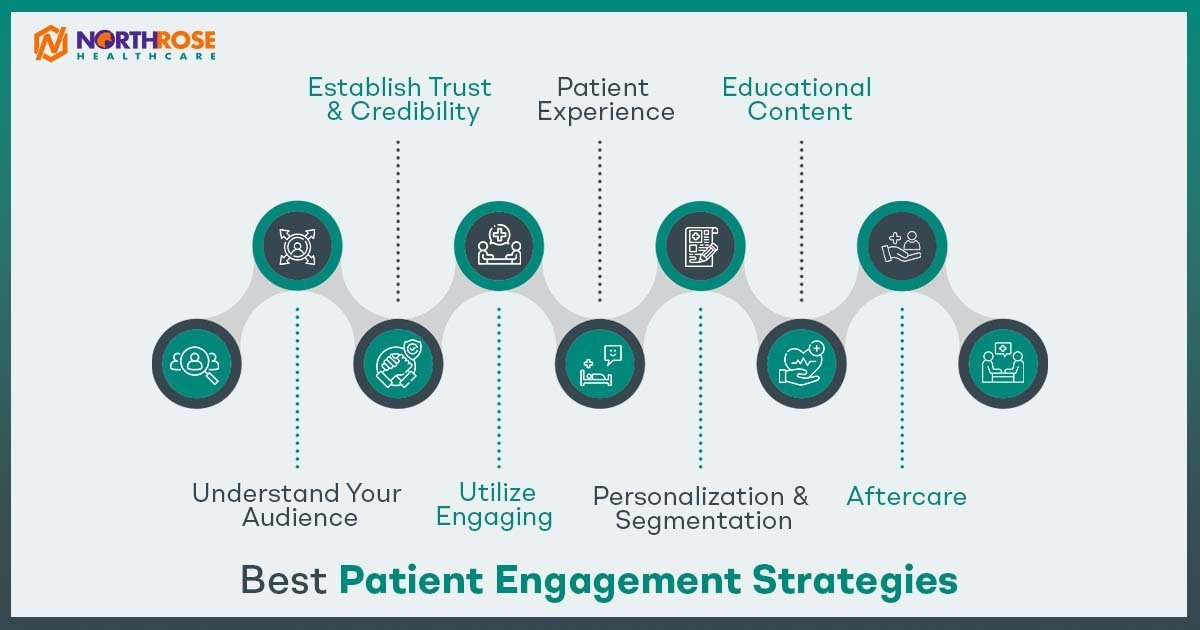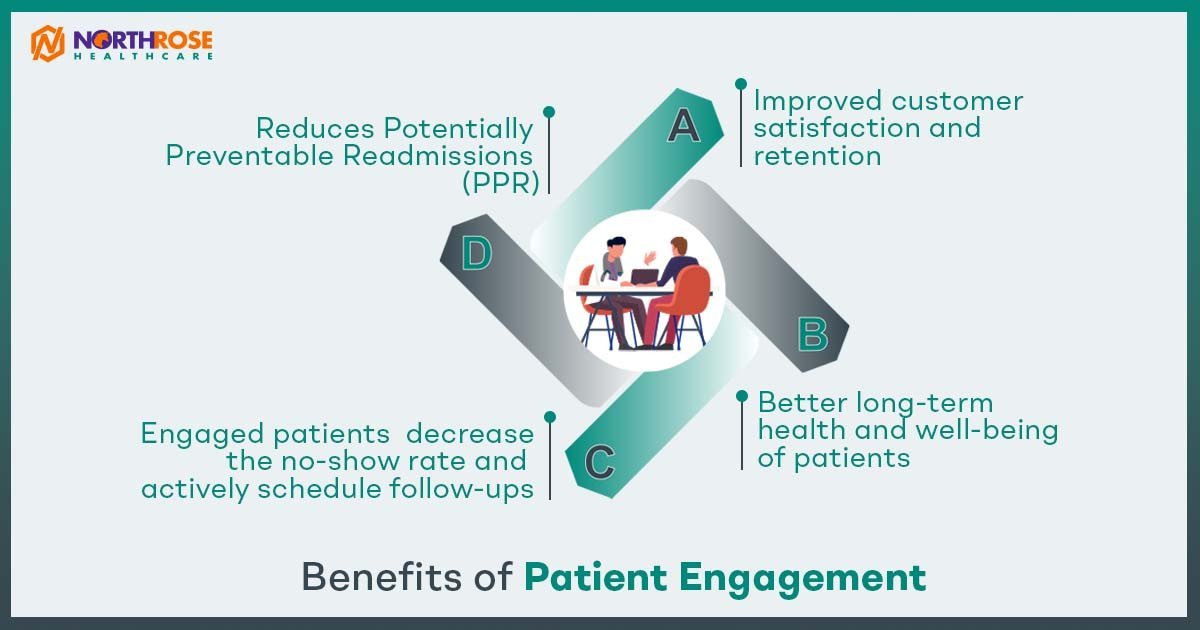Effective healthcare marketing in the digital age goes beyond traditional promotional methods. Building a deep connection with patients necessitates a patient-centered approach.
What is Healthcare Marketing?
Healthcare marketing is the process of attracting new patients, guiding them through their healthcare journey, and keeping them engaged with the healthcare system, service, or product.
Almost every healthcare business is set to market itself, including health systems, hospitals, multilocation providers, solo practices, medicines, medical device makers, health plans, consumer brands, and others.
The finest healthcare marketing programs combine multi-channel, highly targeted, and specific online and offline initiatives to generate growth and engagement. All of which are centered on market-specific key performance indicators and ROI.
Importance of Patient Engagement
How committed a patient is to their own health determines a large part of their well-being. Healthcare professionals can provide better service and achieve long-term effects for their patients by enhancing patient engagement initiatives.
Consumers no longer need to visit the closest option as more healthcare experts provide accessible online services to minimize the distance between physician-patient communications. Instead, customers have the ability to select a healthcare organization that provides a consumer experience that meets or surpasses their expectations.
To create trust and foster long-term partnerships, healthcare practitioners must understand their target audience’s particular needs and preferences.
To generate growth and engagement, the finest healthcare marketing programs combine multi-channel, highly targeted, and specific online and offline initiatives. Agencies like North Rose Healthcare develop custom strategies that focus on your practice’s uniqueness.
Benefits of Patient Engagement
Best Patient Engagement Strategies
1) Understand Your Audience:
The first rule of efficient healthcare marketing is to thoroughly understand your target demographic. Invest time and resources in performing extensive market research to uncover the demographics, psychographics, and healthcare preferences of your target patients.
Create comprehensive buyer personas to acquire insight into their requirements, desires, and problem areas. This understanding will allow you to modify your marketing strategy properly.
2) Establish Trust and Credibility:
In healthcare marketing, trust is essential. Patients need to have faith in their healthcare providers’ skills and reliability. To create credibility, highlight your physicians’, nurses, and staff’s credentials and accomplishments.
Use patient testimonials and case studies to highlight good outcomes and experiences. Participate in community outreach and educational campaigns to establish your organization as a reliable source of healthcare information.
3) Develop a Patient-Centric Approach:
A patient-centric approach is essential for connecting with patients. Ensure that all of your marketing efforts are centered on meeting the needs, concerns, and aspirations of patients. Customize your messaging to emphasize the benefits and outcomes that are most important to them.
Create material that informs, empowers, and engages patients, allowing them to make more educated healthcare decisions. You will build better ties and loyalty if you prioritize the patient experience.
4) Engagement before a patient visits:
Patient engagement involves simple pre-visit procedures such as intake questionnaires, clinical reminders, and appointment reminders. Both the doctor and the patient benefit from sharing this information well before the patient arrives. Furthermore, completing documentation before to the meeting reduces stress and streamlines the intake process, increasing patient satisfaction.
Early knowledge assists healthcare providers to be prepared for any queries or concerns from patients. They have a complete medical history to work with, which helps them to address the patient’s present requirements rather than spending the first 10 minutes learning about the patient’s background.

5) Utilize Engaging and Educational Content:
Content is an effective technique for increasing patient involvement. Create a comprehensive content marketing strategy that includes blog entries, articles, videos, infographics, and podcasts. Your branding strategies can make a significant impact on how your patients view you.
Produce content that informs consumers about preventive care, innovative treatment choices, and healthy living. Address frequent healthcare problems and offer practical advice on how to manage specific ailments. Your information should be simply accessible, shareable, and relevant to your target patients’ interests and worries.
6) Leverage Personalization and Segmentation:
Personalization is essential for attracting patients’ attention and creating a bond. Data and technology can be used to segment your audience based on demographics, behavior, and preferences. Individual segments should be targeted with personalized recommendations, relevant material, and tailored promotions.
Send personalized emails, appointment reminders, and follow-up communications using automation tools. By treating patients as individuals, you demonstrate your dedication to their specific requirements. Personalized healthcare marketing is one of the most effective ways of building patient engagement.
7) Enhance the Patient Experience:
A superior patient experience can set your healthcare organization apart from the competition. Improve each touchpoint along the patient journey. Ensure that patients feel supported, valued, and heard from the initial inquiry to the post-treatment follow-up.
Invest in easy-to-use online appointment booking systems, smooth check-in procedures, and prompt responses to inquiries. To promote a great patient experience, your employees must have excellent communication skills and empathy training.
8) Engage with Patients on Social Media:
Social media channels provide a wonderful opportunity to interact with patients directly. Meeting patients where they are is an important aspect of boosting patient engagement. Create a significant presence on social media networks such as Facebook, Twitter, Instagram, and LinkedIn. Share pertinent content, respond to patient comments and queries, and join healthcare discussions.
9) Aftercare
A patient’s release does not imply that they are healed. Aftercare is an important aspect of any patient’s treatment plan, but sadly, more than 40% of patients misunderstand, disregard, or refuse to follow aftercare instructions.
Patient participation in aftercare increases adherence to aftercare guidelines. It also contributes to the development of a trusting and understanding connection by demonstrating that you care about them even when they are not admitted and under your care.





